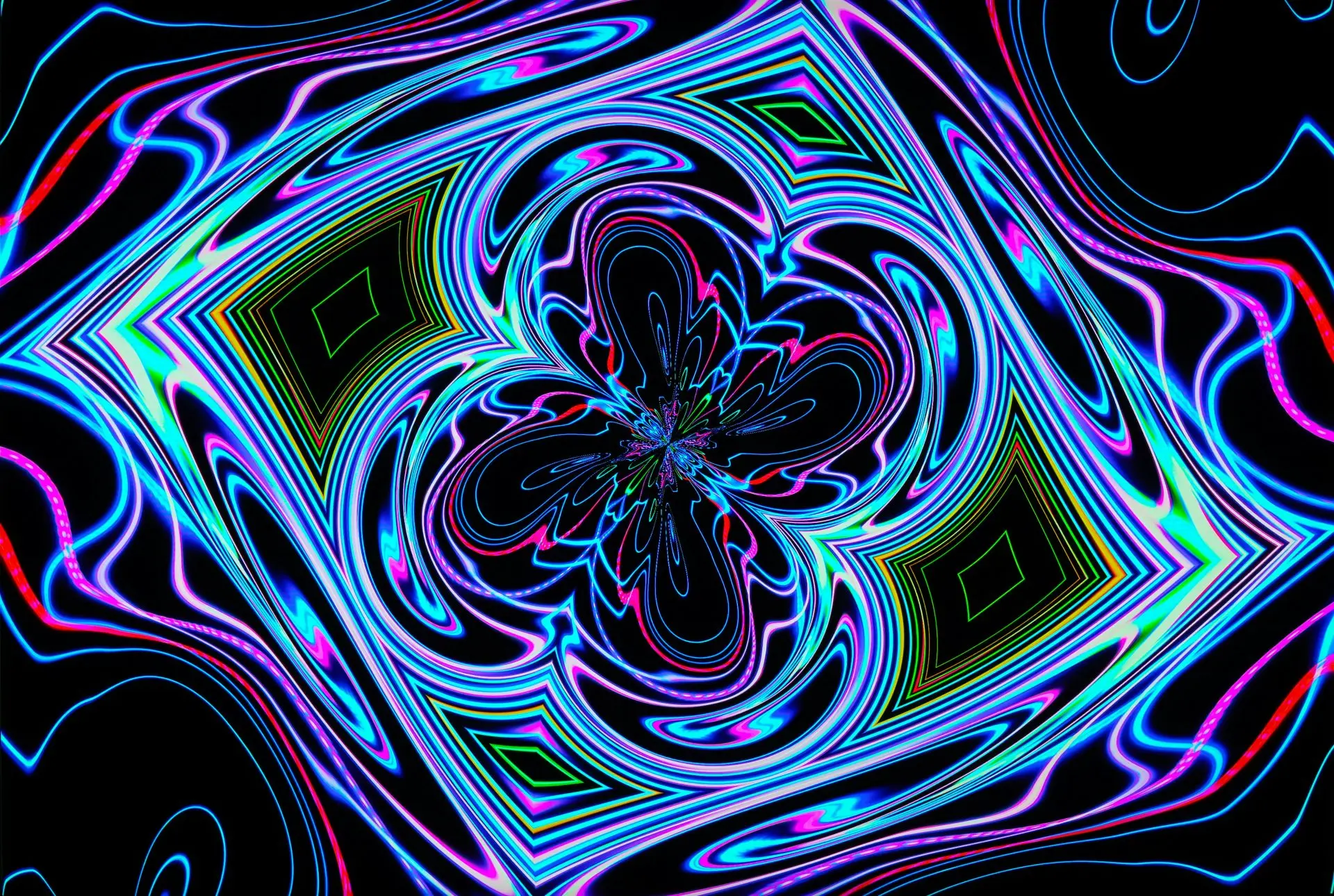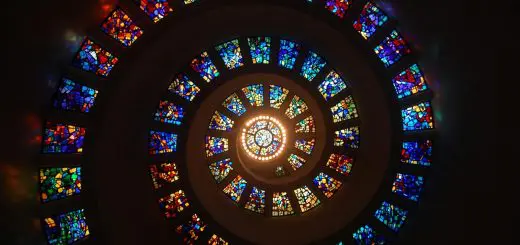The Pe’a Tattoo: Traditional Samoan Body Art for Men

Looking for more amazing products? Check out our online store and explore our collection here! Happy shopping!
Before diving in, please note: This post is for informational purposes only. If you’d like to know more about how we approach topics, feel free to check out our friendly Disclaimer Page.
Hey there, amazing readers! 
We’re committed to delivering quality posts, and your support (even just sticking around despite the ads) means everything to us. So, bear with us, and thanks for helping us keep the good vibes rolling. Now, on to the fun stuff!
TRANSLATE BUTTON AT THE END OF THE ARTICLE
Overview
The Pe’a Tattoo is a traditional form of body art that holds immense cultural and historical significance in Samoa.
This article aims to provide a comprehensive understanding of the Pe’a Tattoo, its history, cultural significance, symbolism, tools and techniques used, preparation and rituals before getting the tattoo, the pain and endurance of the process, healing and aftercare, modern adaptations and innovations, controversies and challenges surrounding it, as well as its role in preserving Samoan culture and reflecting Samoan identity and masculinity.
The Pe’a Tattoo: Traditional Samoan Body Art for Men
The Pe’a Tattoo is a traditional tattoo exclusively designed for men in Samoa.
It is a grand tattoo that covers the lower part of the body from the waist to the knees.
This intricate tattoo is a mark of bravery, strength, and cultural pride.
It is considered a rite of passage and a symbol of manhood in Samoan society.
History of the Pe’a Tattoo
The history of the Pe’a Tattoo dates back centuries in Samoan culture.
It is believed to have originated from the Tongan culture and was later adopted and modified by the Samoans.
The Pe’a Tattoo has deep connections with Samoan mythology and is associated with the legendary figure of Ti’iti’i, who was believed to have brought the art of tattooing to Samoa.
Cultural Significance of the Pe’a Tattoo
The Pe’a Tattoo holds immense cultural significance in Samoan society.
It is a symbol of honor, respect, and prestige.
It represents a man’s commitment to his family, community, and culture.
The Pe’a Tattoo is also seen as a visual representation of one’s genealogy and connection to their ancestors.
It carries the weight of tradition and reflects the values and principles of Samoan culture.
Symbolism in the Pe’a Tattoo Design
The design of the Pe’a Tattoo is rich in symbolism.
Each element of the tattoo holds a specific meaning.
The intricate patterns and motifs represent different aspects of Samoan culture, such as family, courage, strength, and spiritual beliefs.
The use of traditional symbols and motifs in the Pe’a Tattoo design ensures that the wearer carries the essence of Samoan culture with them at all times.
Traditional Tools and Techniques Used in Pe’a Tattooing
The Pe’a Tattoo is created using traditional tools and techniques that have been passed down through generations.
The traditional tools used in Pe’a Tattooing include a wooden comb called "au," which is used to tap the ink into the skin, and a mallet called "moli," which is used to strike the comb.
The ink used in the Pe’a Tattoo is made from natural ingredients, such as burnt candlenut soot and sugar cane juice.
Preparation and Rituals Before Getting a Pe’a Tattoo
Getting a Pe’a Tattoo is a rigorous and sacred process that requires thorough preparation and adherence to cultural rituals.
Before receiving the tattoo, the individual must undergo a period of physical and spiritual preparation, including fasting, abstaining from certain foods, and participating in traditional ceremonies.
These rituals are believed to purify the body and strengthen the individual’s connection to their ancestors.
The Pain and Endurance of the Pe’a Tattoo Process
The process of receiving a Pe’a Tattoo is known for being extremely painful and requiring immense endurance.
The traditional tattooing technique involves manually tapping the ink into the skin, which can be a grueling and lengthy process.
The pain endured during the tattooing process is seen as a test of strength and determination, further enhancing the significance of the Pe’a Tattoo.
Healing and Aftercare of the Pe’a Tattoo
After receiving the Pe’a Tattoo, the healing process begins.
The tattooed area is covered with a traditional healing paste made from natural ingredients, such as coconut oil and pandanus leaves.
It is essential to keep the tattooed area clean and protected during the healing process to prevent infection.
The healing period can take several weeks, and it is crucial to follow the advice of the tattoo artist for proper aftercare.
Modern Adaptations and Innovations in Pe’a Tattooing
In recent years, there have been some modern adaptations and innovations in Pe’a Tattooing.
Some tattoo artists now use modern tattoo machines instead of traditional hand-tapping techniques, which can result in a faster process but may lack the traditional authenticity.
Additionally, there has been an emergence of Pe’a Tattoo designs that incorporate elements of contemporary art, blending traditional Samoan motifs with modern aesthetics.
Controversies and Challenges Surrounding the Pe’a Tattoo
The Pe’a Tattoo has faced certain controversies and challenges in recent times.
One of the main controversies revolves around the issue of cultural appropriation.
Non-Samoans getting the Pe’a Tattoo without a genuine connection to Samoan culture can be seen as disrespectful and a disregard for the cultural significance it holds.
Another challenge is the risk of exploitation, with tourists seeking to get the tattoo without fully understanding its cultural context and significance.
Cultural Preservation and Revival of the Pe’a Tattoo
Despite the challenges, there are ongoing efforts to preserve and revive the Pe’a Tattoo as an integral part of Samoan culture.
Samoan communities and cultural organizations are working to ensure the authenticity and respect for the Pe’a Tattoo.
Initiatives such as cultural workshops, exhibitions, and educational programs aim to raise awareness about the significance of the Pe’a Tattoo and its role in preserving Samoan heritage.
Pe’a Tattoo: A Reflection of Samoan Identity and Masculinity
The Pe’a Tattoo is not only a form of body art but also a reflection of Samoan identity and masculinity.
It embodies the values of strength, courage, and cultural pride that are deeply rooted in Samoan society.
The Pe’a Tattoo serves as a visual expression of a man’s connection to his culture, ancestors, and community.
It is a powerful symbol of Samoan identity and serves as a reminder of the rich cultural heritage that continues to thrive in Samoa.
Conclusion
The Pe’a Tattoo is a traditional Samoan body art exclusively designed for men.
It holds immense cultural significance, representing bravery, strength, and cultural pride.
The Pe’a Tattoo carries deep symbolism and reflects various aspects of Samoan culture.
The traditional tools and techniques used in Pe’a Tattooing have been passed down through generations.
The process of getting a Pe’a Tattoo is rigorous, requiring physical and spiritual preparation, enduring pain, and following proper aftercare for healing.
While facing controversies and challenges, the Pe’a Tattoo remains an integral part of Samoan culture, serving as a reflection of Samoan identity and masculinity.
Efforts to preserve and revive the Pe’a Tattoo continue to ensure its authenticity and cultural significance for future generations.

The Enlightenment Journey is a remarkable collection of writings authored by a distinguished group of experts in the fields of spirituality, new age, and esoteric knowledge.
This anthology features a diverse assembly of well-experienced authors who bring their profound insights and credible perspectives to the forefront.
Each contributor possesses a wealth of knowledge and wisdom, making them authorities in their respective domains.
Together, they offer readers a transformative journey into the realms of spiritual growth, self-discovery, and esoteric enlightenment.
The Enlightenment Journey is a testament to the collective expertise of these luminaries, providing readers with a rich tapestry of ideas and information to illuminate their spiritual path.
Our Diverse Expertise
While our primary focus is on spirituality and esotericism, we are equally passionate about exploring a wide range of other topics and niches 

To ensure we provide the most accurate and valuable insights, we collaborate with trusted experts in their respective domains 
Our blog originally focused on spirituality and metaphysics, but we’ve since expanded to cover a wide range of niches. Don’t worry—we continue to publish a lot of articles on spirituality! Frequently visit our blog to explore our diverse content and stay tuned for more insightful reads.
Hey there, amazing reader! 
Check out our store here and take a peek at some of our featured products below! Thanks for being awesome!













